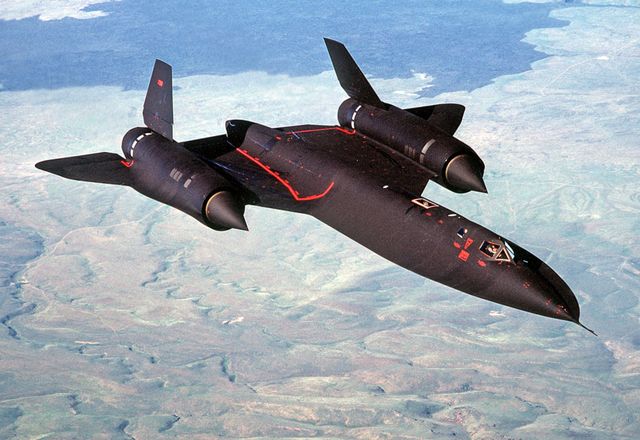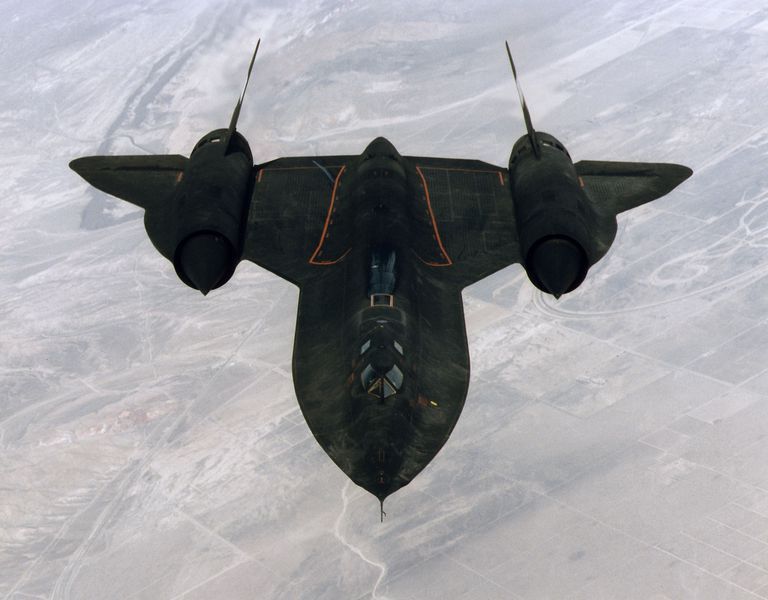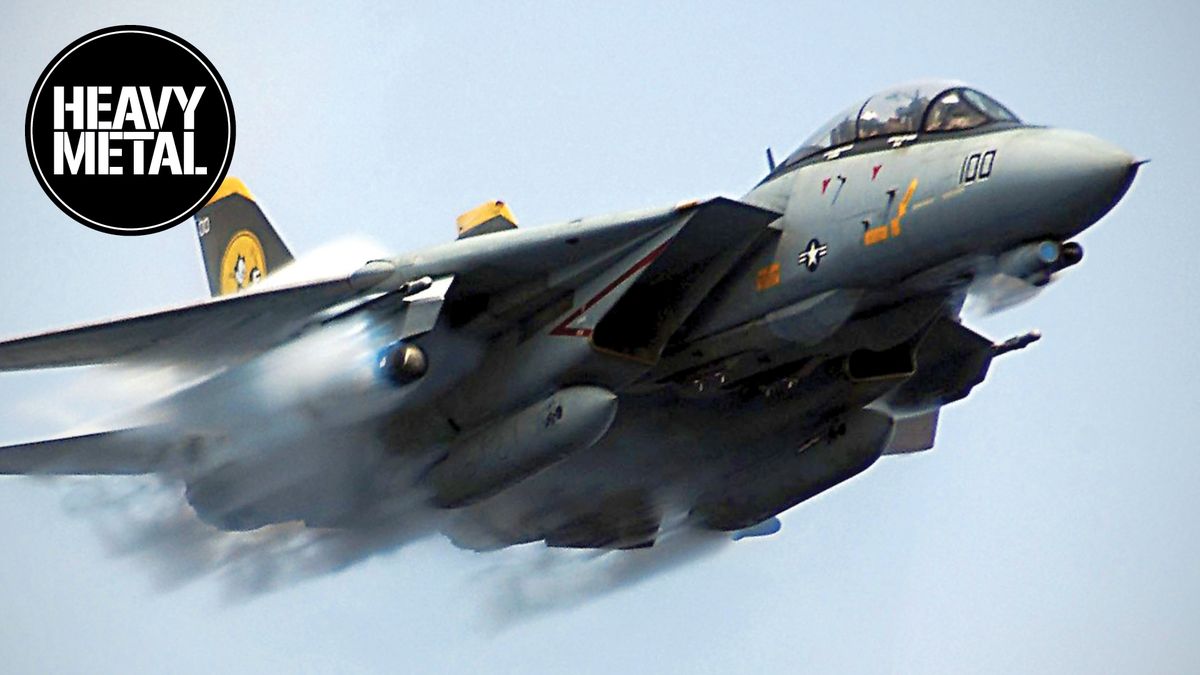A veteran U.S. Air Force pilot and volunteer at the National Air and Space Museum in Washington, D.C., has given us a small glimpse of what it was like to fly the SR-71 Blackbird.
Adelbert “Buz” Carpenter accumulated 4,400 flight hours in various airplanes during his military career, from the T-38 Talon trainer to the C-141 Starlifter. Carpenter also has more than 300 hours in strategic reconnaissance aircraft, including the U-2 and SR-71, and flew missions from Beale Air Force Base in California, Kadena Air Base in Japan, and Mildenhall Air Base in the U.K.
Now retired, Carpenter volunteers as a docent at the National Air and Space Museum, explaining to kids who were born after the SR-71 was retired what it was like to fly the fastest jet ever—which could reach speeds of over Mach 3. (The hypersonic, rocket-powered North American X-15 could hit Mach 6.72 but remained an experimental aircraft.) Carpenter is a fountain of knowledge about the “Blackbird” on everything from the cameras to navigation.
The SR-71 Blackbird was the result of a requirement for a high-speed, high-altitude strategic reconnaissance aircraft. The U.S. military, anticipating a time when the high-flying U-2 “Dragon Lady” spy plane could be shot down by the Soviet Union, requested an aircraft that not only flew at high altitudes, but could also outrun enemy interceptors and surface-to-air missiles.
In the video below, Carpenter is standing in front of 61-7972, the last SR-71 Blackbird to ever fly. On March 6, 1990, 61-7972 flew from Palmdale, California to Washington, D.C., covering the distance in just 64 minutes and 20 seconds, with a top speed of 2,242 miles per hour.
One of the things you begin to understand listening to Carpenter is how much heat was factored into the aircraft. The SR-71 got hot at Mach 3, to the point where the average skin temperature was over 600 degrees Fahrenheit. As a result, 93 percent of the aircraft is made from titanium, which has better heat-resisting qualities than aluminum and was sourced, ironically, from the Soviet Union itself.
Carpenter says the pilot’s glass canopy regularly reached 620 degrees and was made from 1.5-inch thick “oven glass.” The SR-71 also had a thermal expansion issue, as the titanium expanded when heated. To solve the problem, the aircraft was built with joints designed to fill in as the plane grew up to 4 inches in length during flight.
Anyone can give a lecture on a sophisticated piece of engineering like the SR-71 Blackbird, but a pilot who has actually flown the aircraft and placed his faith in it can explain its intricacies like no one else.
🎥 Now Watch This:

Kyle Mizokami is a writer on defense and security issues and has been at Popular Mechanics since 2015. If it involves explosions or projectiles, he's generally in favor of it. Kyle’s articles have appeared at The Daily Beast, U.S. Naval Institute News, The Diplomat, Foreign Policy, Combat Aircraft Monthly, VICE News, and others. He lives in San Francisco.














